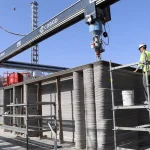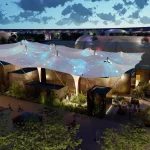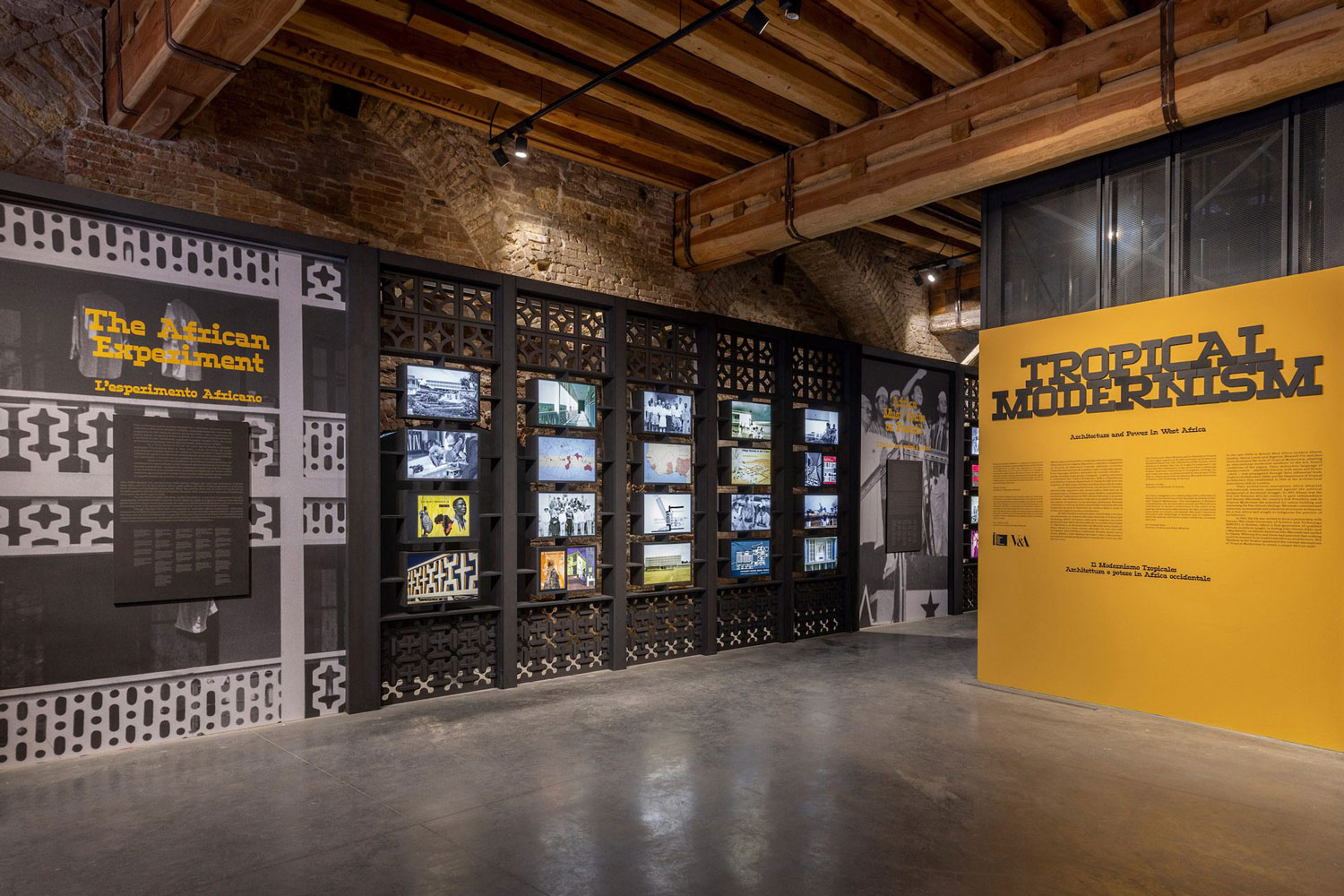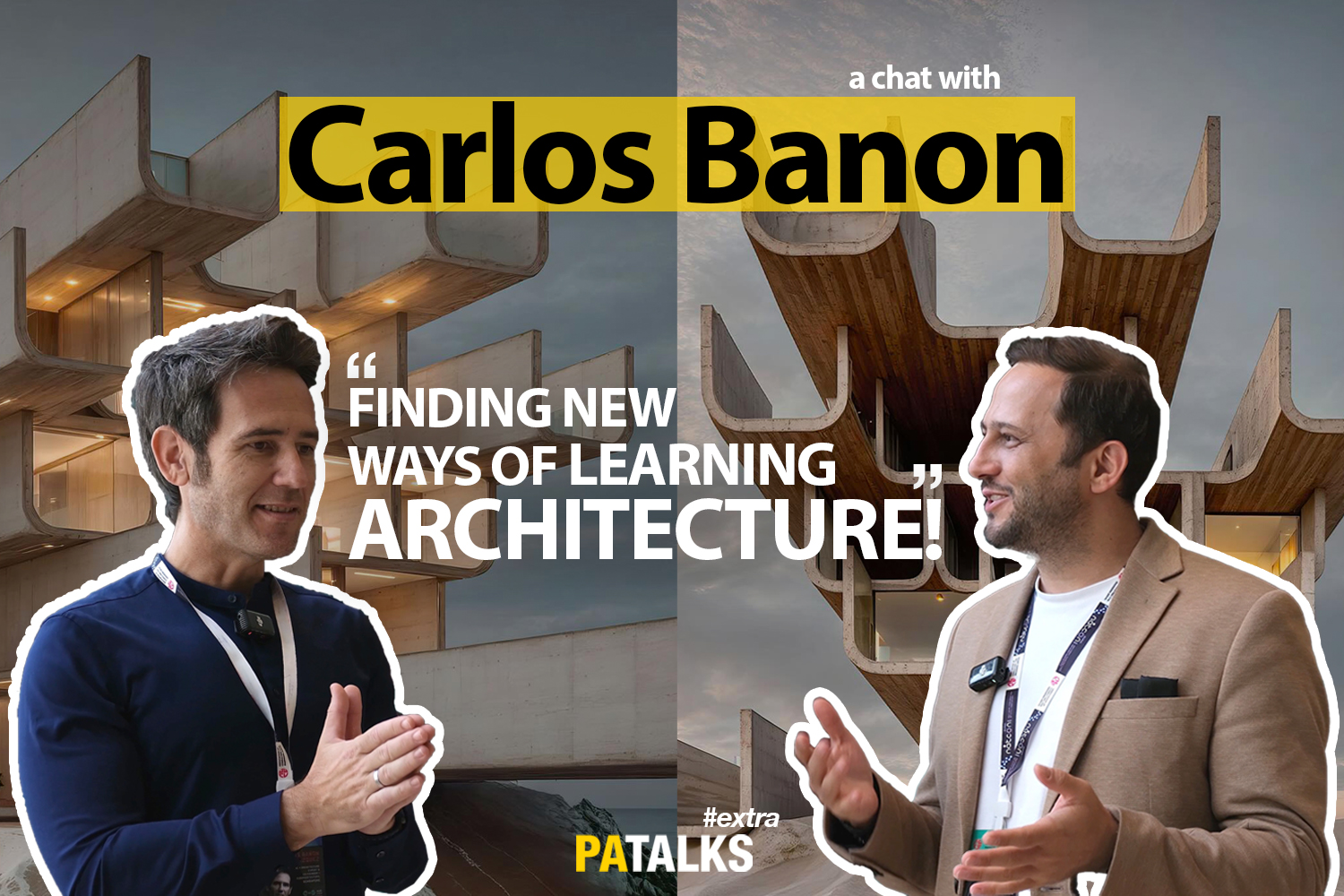Ole Scheeren is an architect, urbanist, and principal of Büro Ole Scheeren. Büro Ole Scheeren has offices in Beijing, Hong Kong, London, Berlin, and Bangkok. He pursued his studies at the Karlsruhe Institute of Technology (KIT) and the École Polytechnique Fédérale (EPFL) in Lausanne and completed his thesis at the Architectural Association School of Architecture in London. Büro Ole Scheeren is currently involved in developing several projects worldwide.
We talked about his vision and principles as well as their upcoming project, Tencent Helix, which is situated in Shenzhen, Guangdong, China. It encompasses a 14-hectare area in the prominent Qianhai Bay. The Tencent Helix stands out as a focal point in the heart of the prospective technology and financial district. With a size of nearly 500,000 square meters, the campus will be almost twice the size of Apple Park, the corporate headquarters of Apple Inc. in California.
Serra Utkum Ikiz (PA): Considering your unique architectural journey, could you share how your personal experiences and challenges have shaped your vision of architecture and design?
Ole Scheeren: I started architecture very, very early—you could say as a toddler—when I grew up basically in architectural school where my father was first a student, then a teacher, and he himself an architect. This made me very connected to architecture from a young age, making it something very intuitive for me.
Along the way, there were many things to learn and discover. One of the most powerful moments of discovery was when, as a teenager in the late 1980s and early 1990s, I drove through Europe to see architecture in reality, to experience the spaces. Even back then, I had a feeling that I didn’t want to consume architecture through media, books, or photography. It was important to see, feel, and understand space in its physical reality.
One significant moment was meeting a house owner who explained how working with an architect on her house, building it, and then living in it had completely transformed and changed her life. It became the most meaningful experience of many decades in her life. There was something so simple yet so powerful about her experience. To this day, the question remains: how can we use architecture to change and improve people’s lives? How can we use architecture to create meaning and experiences, to create memories? What can the spaces of architecture contribute to people’s realities, and how can it be a model for a better way of living?
Serra (PA): From Beijing to Bangkok to Frankfurt, your buildings adapt to diverse contexts. Could you elaborate on how your design philosophy responds to these unique environments?
Ole: For me, architecture is indeed very specific. It doesn’t carry the same language or the same answer in every place in the world. I believe it’s very important to capture the specificity of a place, a culture, and the time and moment in which things are created.
In Beijing, when we designed CCTV in the early 2000s, China had just joined the World Trade Organization, Beijing had won the bid to host the Olympic Games, and China was emerging as a future global player. The design for CCTV tried to capture this historic moment and create a building that only China could realize, and only we could conceptualize at that point in time. The building has indeed become a symbol of possibility and collaboration, showcasing what can be achieved when people come together.
In Bangkok, MahaNakhon captures the psyche and energy of the city. I lived in Bangkok in the late 1990s and worked on a large urban exhibition called “Cities on the Move” with Hans-Ulrich Obrist and Hou Hanru, exploring the raw energy of the urban environment. Ten years later, I conceived a building that defines a specific moment in Bangkok’s history, serving as a reference point with the tallest skyscraper at the time. The building encapsulates the energy of a structure that is never finished, an architecture that would open up the mute shaft of the tower to reveal the scale of human inhabitation, celebrating human activity and ingenuity inside the tower.
In Frankfurt, the project was different yet again, focusing on the reuse and revitalization of an old office building. The project transformed it into a new, porous, and open structure for high-quality living, serving as a manifesto for sustainability and the transformation of existing buildings for a new future.

Serra (PA): How do you ensure your initial vision for a project remains intact until completion when leading a large team and managing complex projects? Could you shed light on your leadership style and how it contributes to the success of your projects?
Ole: It’s incredibly important to have a clear vision and to place that vision at the center of a highly interactive and collaborative process. Leadership involves not only defining that vision but also explaining, communicating, and engaging the vision with your entire team, clients, collaborators, and ultimately, the users and context in which the building will live.
Beyond the vision, collaboration, and communication are at the core of a successful process. Architecture is a highly collaborative process. We have a global team with offices across the world, including Europe and Asia, involving many different people who work directly and seamlessly with each other. This spirit of collaboration is carried further in our work with clients, collaborators, and contractors, increasing the chances of achieving a final goal that is closest to the initial vision.
Serra (PA): Tencent Helix’s spiraling architectural forms create a visually striking design. How do these elements enhance the building’s functionality and user experience? What challenges did you encounter in achieving a balance between form and function?
Ole: We designed Tencent Helix as a very intelligent system that combines a number of straightforward, simple, and highly efficient elements—specifically, four basic towers. Through this twisting movement at the base, it forms a singular entity with a clear visual identity. This twisting movement, or the Vortex, creates a social mixing chamber, a fusion point where all the office spaces and various components merge to create a highly collaborative and innovative space.
Through the twist, the four towers of the building are also orientated to prioritize passive design principles, providing maximum natural daylight across all office floors and allowing for natural ventilation. This balance between simplicity and functionality, combined with a sense of togetherness and shared identity, enhances the user experience.
Serra (PA): Beyond the aesthetics, what do you hope is your work’s lasting contribution? What impact would you be most proud of?
Ole: I have spoken about the idea that architecture and form should not only follow function but should also follow fiction. Form follows fiction means creating an architecture that fictionalizes the reality of people’s lives, both in the process of design and creation, and in the reality of the buildings and spaces we create. These spaces become part of people’s narratives, shaping their memories and experiences. The lasting contribution of architecture is in its ability to enhance the meaning of our lives in real space and reality.
Serra (PA): Considering everything you’ve learned, what advice would you give young architects just starting their careers?
Ole: This seems a more challenging question than ever before, as we are at a very exciting and yet challenging turning point in reality with the emergence of artificial intelligence and many tools whose impact we can hardly predict at this point in time. But I would say that no matter what tools and technology are available, it is important to have an idea and a vision for what you want to achieve with your architecture. You need to have a vision for what you want to contribute to the world and to people’s lives through what you do.
Then, it’s essential to learn and master the tools available to you at any point in time and put those to work to achieve these goals, not as a means in and of themselves. Embrace the tools, but always let your vision lead the way.






















Leave a comment